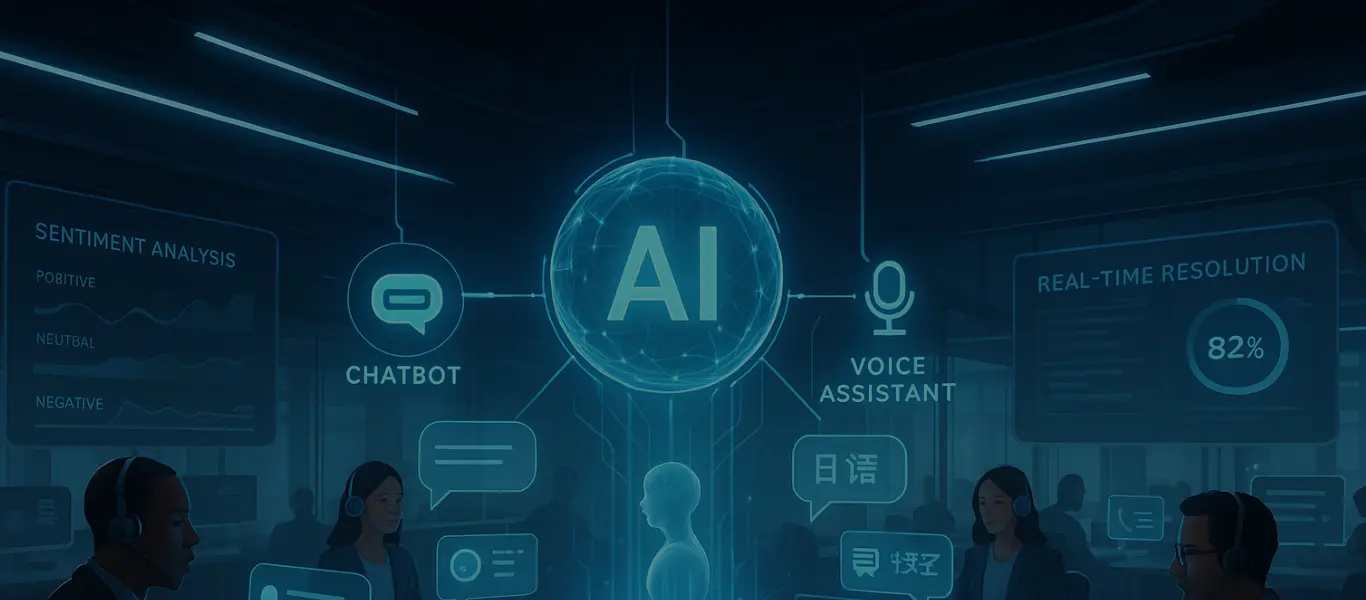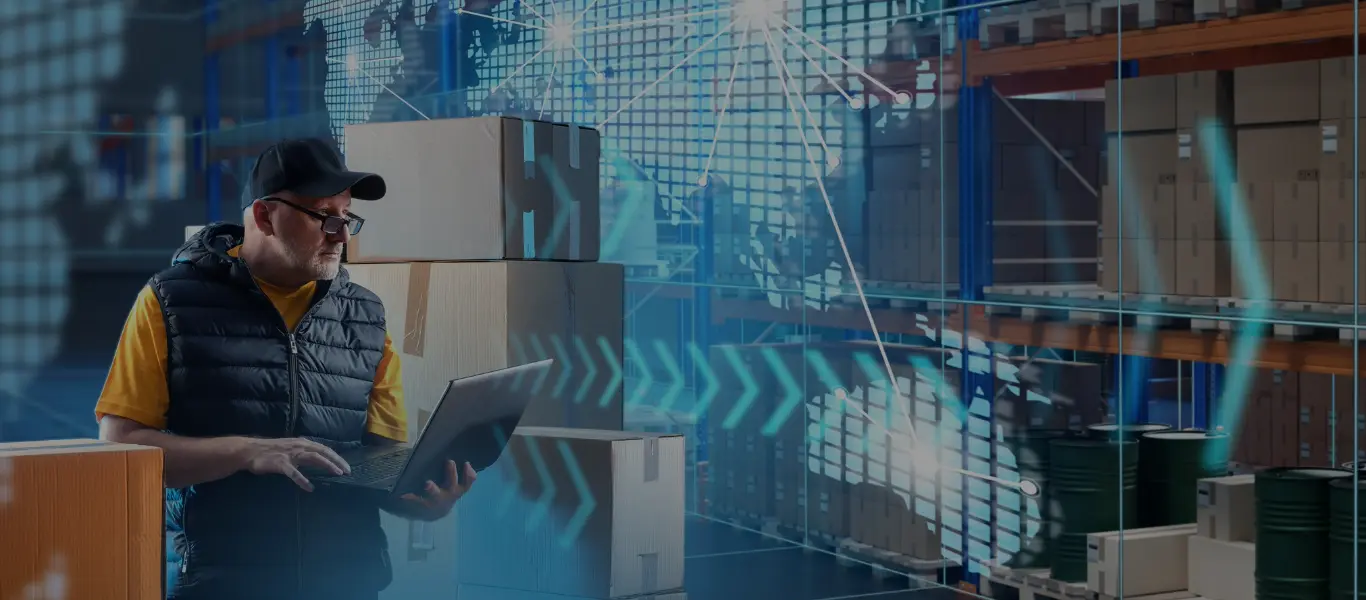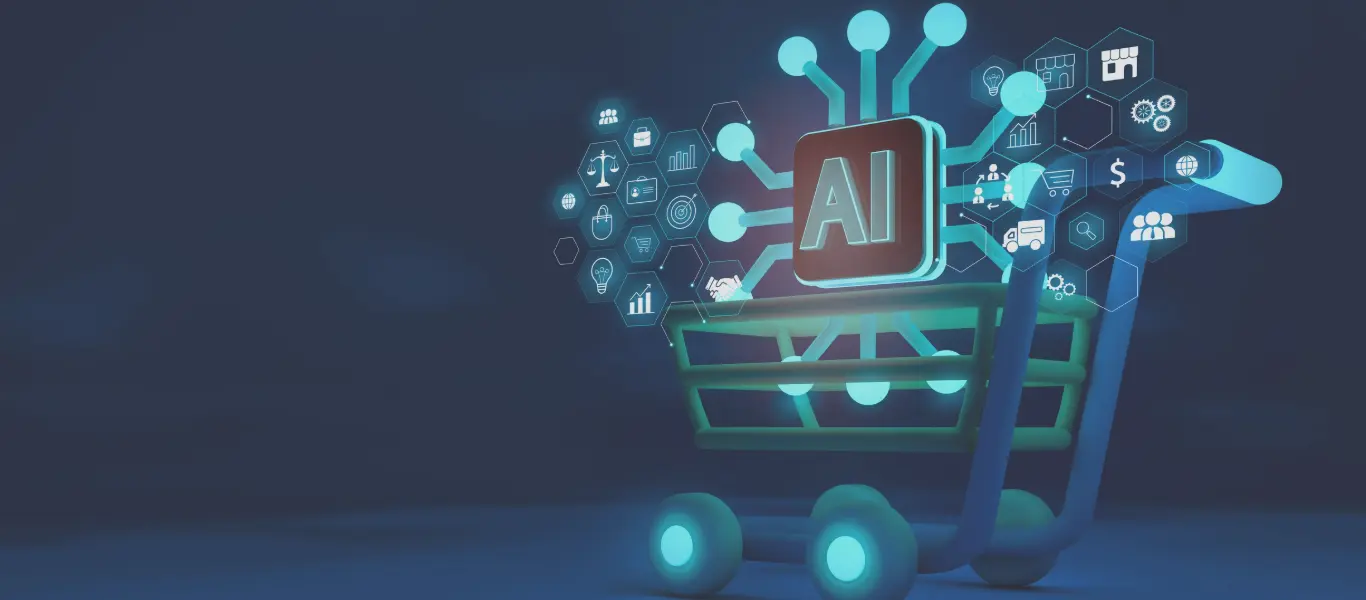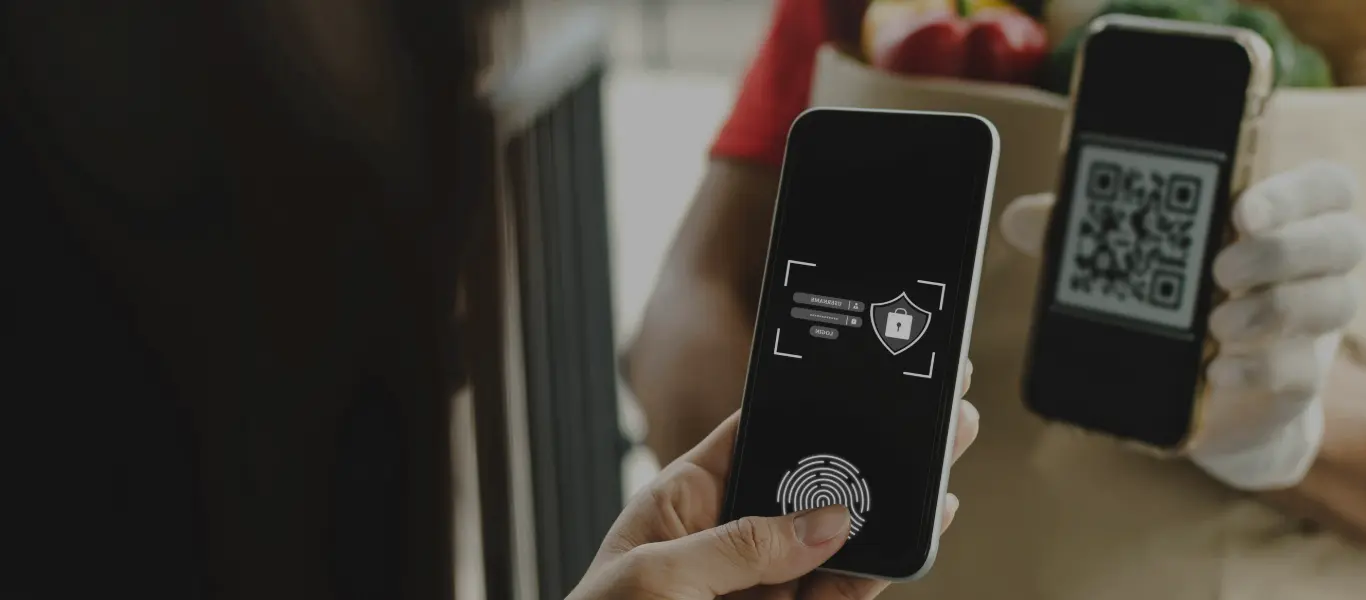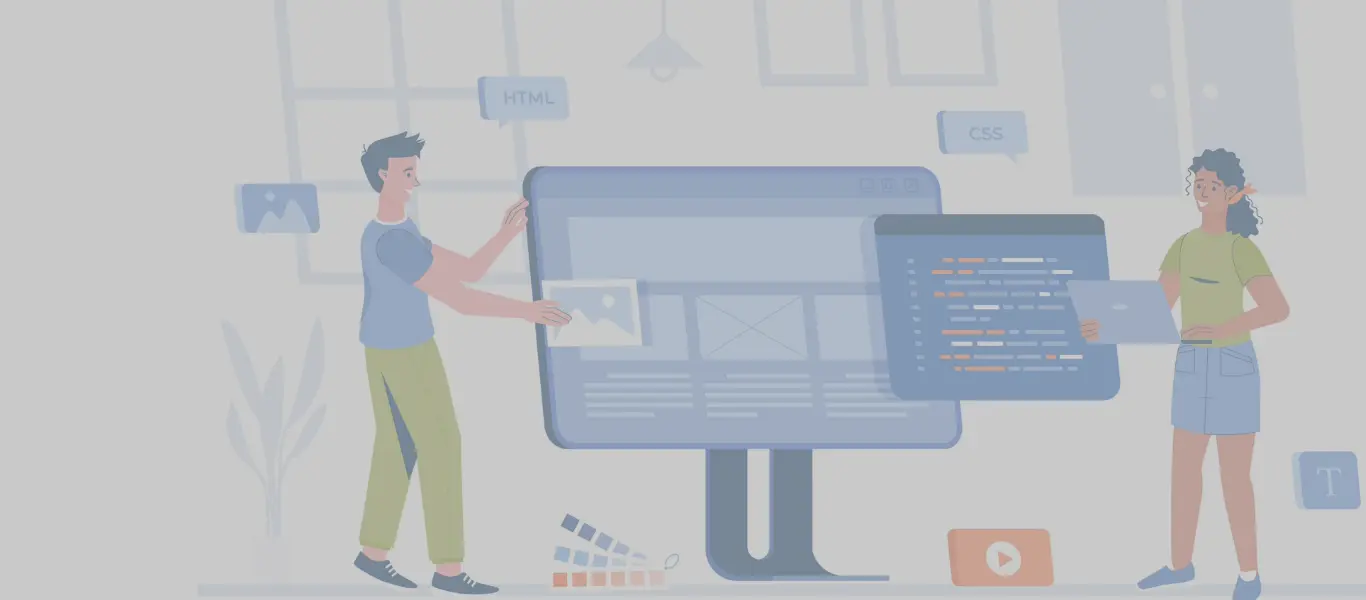This blog is Part 2 of the 2 based on the webinar “Payments – Flexibility without complexity”. It provides details on how retailers can support a diverse range of shopper journeys while retaining a single view of their customers. The topics covered in the webinar include:
- Omnichannel refunds (Part 1)
- Contactless commerce ( Part 1)
- Unified customer data (and how to use it) ( Part1)
- Put your customers in the driving seat of their experience ( Part 2)
Speakers

Create successful retail customer journeys
Put your customers in the driving seat of their experience
Antonio Alvaro – Customers are looking for a specific experience, they are moving from the limitations that were generated by the pandemic and they’re looking to continue with experiences delivered by the successful retailer. They have been engaging with the retailers in an environment where they had to shop online, they had to focus on transactions that were contactless and now they want to have that experience, but they also want to keep that flexibility. They, also want to continue in a contactless environment. So, putting the customers at the driver’s seat of the experience really means to figure out what are the, journeys that are more successful, that are the preferred journeys for them to interact with the retailers.
Looking for payment solution expertise
So, the traditional channels are really just a starting point of what is the design for new customer journeys can be and we’re seeing that we’re going way beyond the traditional buy online pickup in store, the sort of BOPIS BORIS type of journeys.
The number of contact points, is more personalized to individual customers. So we’ve seen, explosion of different journeys that, retailers are delivering and the selection of what needs to be built and implemented has to be driven by data. The data of what is the behavior of the customers, an approach where there is, a real focus on design, of the experience, is needed. Retailers are also looking at adapting the existing solutions. It’s not really possible or practical to think of replacing all of the, underlying systems, for a core, omnichannel process engine.
You have to really adapt and leverage what, what you have, so a process of, continuous improvement of iteration becomes really important alongside the concept of, putting the customer at the center of the design and then from a technology perspective, the ability to execute in an environment where it is possible to automate in sort of a DevOps type of methodology where you are able to leverage services in the cloud, is really important.
So that the engineering that sits behind. The integration of the different channels, the creation of the, customer journeys, can be done in a way that is iterative, that really, allows you to then, experiment and figure out what is the behavior of your customers? what is the data telling you about what they’re doing?
And subsequently modify and improve, the customer journey based on that behavior and at the center of, of many of the journeys is the contactless commerce you know even as the restrictions associated with the pandemic are being lifted all data points to customers that want to still use contactless, they’ve now got used to operating using their own mobile device.
They’re used to having certain apprehension to touching surfaces that they might not have control on. So, Contactless is really here to stay. The use of QR codes, which is really a fairly old technology. It’s been with us for about 20 years. But QR codes in the last 18 months have really taken on. Many use cases now are delivered through QR codes.
And this is something again that we think is probably here to stay it’s incorporated to the payment experience and it is available for payment integration as an effective way of avoiding touch and with this contactless the emergence of more it’s kind of goto solutions is again something that we are seeing as here to stay.
So to give an example of what an integrated journey now looks like we’re gonna talk briefly about the phone store orders and here the traditional call center, that the eCommerce channel and the store channel completely blend into what is essentially a collection of customer journeys and all of these customer journeys then are supported by analytics across all of the steps so that, the results of the interactions can then be analyzed and Angus was talking about before those results can then be incorporated into deciding, how the journey should evolve and the combination of technologies that is required, to deliver, integrated journeys, like this is quite extensive and so in this type of journey, the need for having a solid integration framework is really important. And having that engineering practices in place that, allow for all of these pieces to come together.
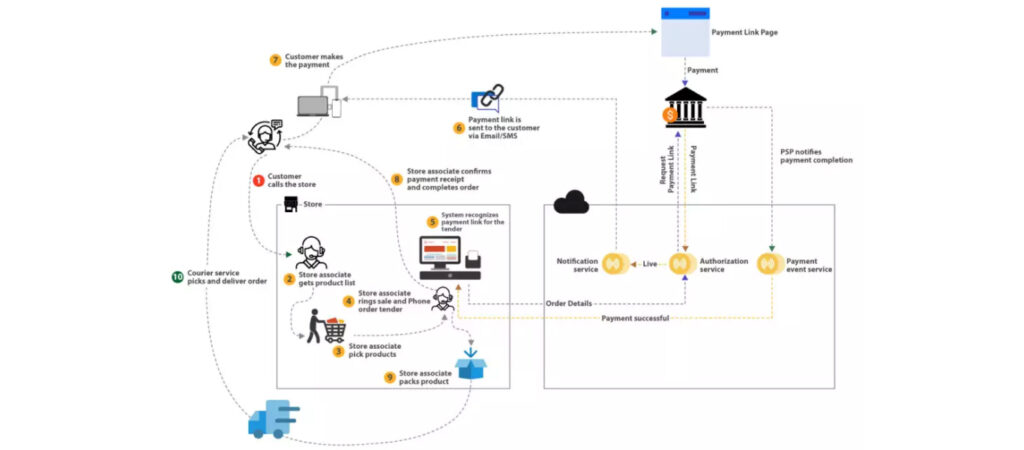
So the customer will call, asking for a product that call will be actually routed through the digital, , platform so that all of the voice interactions can be captured. And, we can then subsequently do sentiment analysis. We can do an overall detail voice analysis of the entire journey.
The call can be picked up from anybody. It can be picked up from the store by a store assistant. And that becomes then again, a phone store order journey but it could be picked up by somebody working from home as well as in the call center and it will assist in relation to completing the sales order.
The sales order is leveraging APIs that are coming from eCommerce, the flow of that order is optimized so that the self-experience at the other end is frictionless and focuses on the best conversion. The experience of this flow allows us then to develop a conversational AI.
If we want to use services like Alexa for automation, it can also allow us to have a chat bot available. If we want to also provide the journeys through initial steps of the journeys through, a messaging interface and then once the order is completed, then the payment solution is going to provide a pay by link option which will be directly displayed to the customer on their mobile phone. Hence, continuing the contactless journey, the customer can go to the store and, and pick up their goods and that order will be transacted in the Point of Sale. The POS will generate the receipt and will complete the payment settlement again, without having any contact with the pet device and for this, what is critical is to have the right payment solution that can adapt to the context of the transaction, payment solution, like Adyen and have the right integration so, the right data is provided to the solution at the right time, in the context of the step occurring in the customer journey.
So in this example just of phone store order one can see the Point of Sale acting as really as an another hope for omnichannel bringing together technologies from eCommerce, payment solutions like Adyen and cloud services for the details for sentiment analysis. So, again an example of how stores become more of an experience center where customers can complete sales, but retailers can use them as a storeroom. So, one can execute stores for clienteling and also for fulfillment.
Key Takeaways
Antonio Alvaro – The shopper is in control. The shopper is the one that is driving, what customer journey they want to execute. What are the options they want to take, in some cases, customer and we were discussing how the preference is to have a contactless experience but very much the case that some customers will want to have, a richer experience in a store.
there is more interaction and there is the advice received from story staff. And that will be an option that they will be able to take in the journey from the retail point of view in terms of objectives just making sure that the experiences that the retailer provide are distinctive and are recognizable from a brand perspective and that they can be personalized to a customer.
The ability to have contactless shopping whenever regulations change having that option and being something that can be essentially switched is a really powerful thing to have available. And then that the processes have to be frictionless regardless of how rich the interaction is you want to avoid manual steps.
You want to avoid anything that really disrupts from what should be seamless, transactional flow, , and then from an execution perspective, Continuous operational improvement is really important that these journeys are never done never completed. They continue to improve as the data comes in and you can understand better customer behavior.
Incentivizing experimentation and innovation is very much a moving goal post situation where the things that consumers are expecting are continually evolving. Andso the retailers have to work with them and have the ability to continuously change and finally Technological transformation that improvement on engineering that is generally described as digital transformation that is really what delivers that unify commerce that is needed for providing customers with journeys.
Angus Blest – Lastly, it is about giving the best experience for the shoppers to create an environment where customers see the product in the best possible light, and they’re more likely to, to spend money, to buy things and come back.
It is about creating an environment and a set of experiences that can help retailers drive growth in transaction volumes. The more familiar, the more engaging the experiences are, the more likely they are to spend money.
Q&A – What do you think is next for the use of mobile phone transactional tools?
Customer Journeys using Mobile phones
Antonio Alvaro – From the perspective of customer journeys that we were talking about before, what we are seeing clearly is that many different customer journeys are going to include mobile phones, the mobile phone of the customer and the customers now take for granted that they should be able to do.
With the mobile phone, whether it is through a wallet or scanning a QR code in a pay by link solution customers should be able to pay but at the same time depending on the customer journey, they should be able to pick up the sales process at different points so that if one actually wants to have a sales-assisted experience where one can have an someone talking and explaining the purchase and providing advice. But also only at the end, if the customer wants to provide the phone for payment. That’s an option that is available. So, if the customer wants to do everything on their phone and add items to the basket in the phone and doing all those things is also possible.
From an integration perspective, the mobile phone is already the single most important device for transacting and paying for things.
Angus Blest – From Adyen’s perspective, the mobile phone is already the single most important device for transacting and paying for things. The adoption of Apple pay and Google pay as payment methods has increased significantly during the pandemic since people are very accustomed to using mobile devices.
Adyen is in the process of bringing to market Android payment terminals, which are in effect the size of a mobile phone that people in store will be able to run their full-blown point of sale. That becomes a mobile payment terminal and point of sale with which people are wondering around.
The reality is the need to have an environment that’s flexible so that when shoppers use of the device adapts and evolves over time, retailers have an architecture and infrastructure and a set of partners that can react to make the most of the opportunities that come with new developments in technology.
The mobile phone is absolutely central to transacting for the future.






 Engenharia
Engenharia